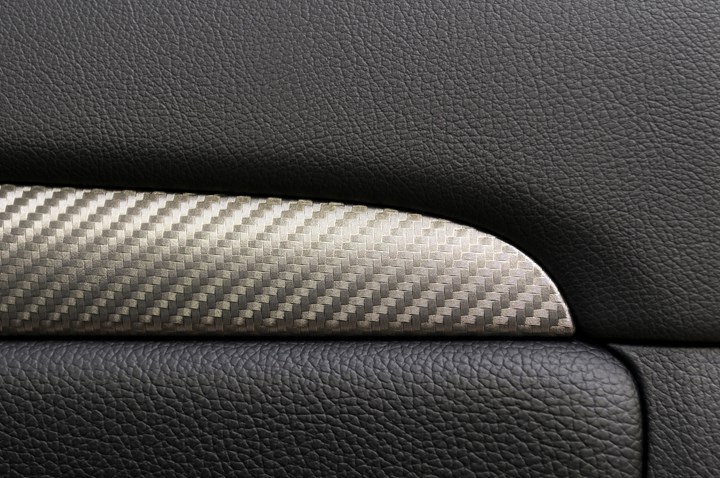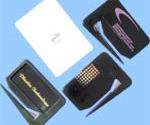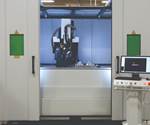Laser Etching of Industry Standard and Custom 3D Patterns
PLT will showcase laser etching technology, including everything from industry standard VDI and matte finishes to custom-designed 3D patterns.
Precision Laser Technology (PLT; Rochester, N.Y.) says its laser texturing is the premier technology for creating directional grains, geometric patterns and intricate full-grain leathers. The company showcased its capabilities at the .
PLT says laser etching improves the versatility for pattern designs, heightens accuracy within mold placement, and increases repeatability for multi-cavitation tools. Textures can range from industry standard VDI and matte finishes to custom-designed 3D patterns. The advancement of lasers has extended texture capabilities to the reproduction of functional micro-structures within molds, allowing, for instance, molded parts to diffuse light reflection, increase flow rate or stimulate tactile senses.
PLT says using 5-Axis laser technology, it has the ability to replicate Charmilles EDM finishes and chemically induced matte finishes to impart a surface roughness or gloss reduction. In terms of custom patterns, PLT can work with grey scale imagery, custom designing and generating patterns from a high-resolution scan. The 2D and 3D scans of flat swatches are generated at 1700 dpi resolution and stitched seamlessly to repeat content that can go on infinitely to create unique brand elements and provide expanded mold coverage.

Laser etching of the mold can impart directional grains, geometric patterns and intricate full-grain leathers to molded plastic parts.
Photo Credit: Precision Laser Technology
Related Content
-
Design Your Tools for Moldability ... and Maintenance
In the initial design phase, when considering the structure and elements of the tool, are you designing them to be maintenance friendly? Canon Virginia has used this approach and preventive maintenance to make tool replacement a thing of the past. You can, too. Here’s how.
-
How to Achieve Simulation Success, Part 2: Material Characterization
Depending on whether or not your chosen material is in the simulation database — and sometimes even if it is — analysts will have some important choices to make and factors to be aware of. Learn them here.
-
Hot Runners: How to Maintain Heaters, Thermocouples, and Controls
I conclude this three-part examination of real-world problems and solutions involving hot runners by focusing on heaters, thermocouples, and controls. Part 3 of 3.



